فرانسوا لينك
بوفيه كبير من الحسناء النادرة البرونزية المذهبة المطعمة
POA
A Rare Belle Epoque Gilt-Bronze Mounted Parquetry Inlaid Grand Buffet, By François Linke, The Mounts Designed by Léon Messagé. Signed to the right...
ابعاد
Height: 226 cm (89 in)Width: 262 cm (104 in)
Depth: 79 cm (32 in)
Weight: 544 kg
وصف
A Rare Belle Epoque Gilt-Bronze Mounted Parquetry Inlaid Grand Buffet, By François Linke, The Mounts Designed by Léon Messagé.
Signed to the right corner clasp ‘Linke’
The enamel clock dial with Roman numerals and Signed ‘F Linke A PARIS’.
The lockplate stamped ‘Ct Linke Serrurerie Paris’ and with the index number ‘2184’.
One of the rarest and most impressive of Linke’s creations this magnificent buffet cabinet is recorded as a pièce unique. Made to the exacting standards of François Linke’s production as the most prized ébéniste of the Belle Epoque, and dating to the height of his creative powers, this cabinet is a glorious flourishing of the Ebènisterie d’Art.
The ambition of the design, which is executed on grand proportions, the abundance of gilt-bronze sculptural mounts and radiating sunray Bois de Violette veneers, make it a definitive example from Linke’s great exhibition period when he was awarded a medaille d’or at the Paris Exposition Universelle in 1900.
The superstructure of the gallery has a sweeping serpentine shape terminating in scrolled rocaille twin-light candelabra. At the centre rises an integral clock case surmounted by cherubs holding floral garlands. The putti are floating on clouds above the clock face and their foliate trails symbolize the dawning of a new day. The top of the cabinet is a monumental slab of brèche violette marble with a moulded edge and shaped around the cabinet structure whereby the central drawer and cupboard doors protrude forward from the flanking cupboards. The doors are fronted with cuivre doré frames and the whole is replete with a wealth of rocaille ornament culminating in Linke’s idiosyncratic shell mount. The angles have large shell-shaped mounts, the right clasp is clearly signed ‘Linke’.
Christopher Payne illustrates the buffet in François Linke’s showrooms at 170 Faubourg Sainte Antoine. Payne records that it is a pièce unique made for Mme. Brodsky in 1911. The brèche violette marble top was repolished by Linke’s workshops in 1929.
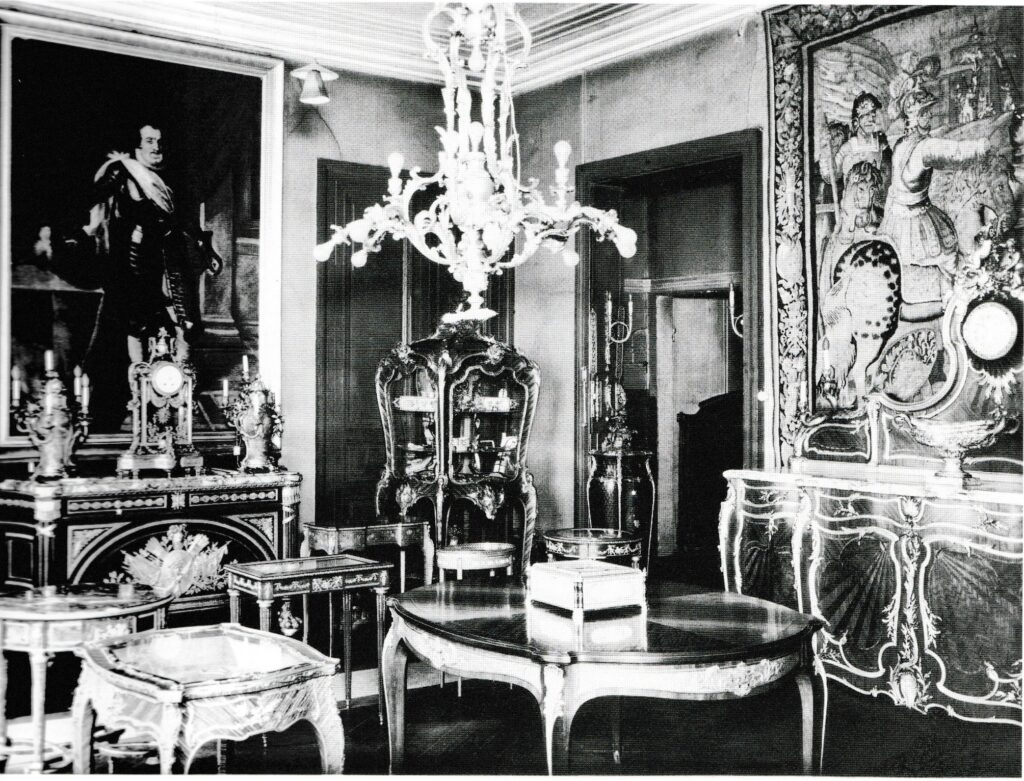
François Linke’s showrooms at 170 Faubourg Saint Antoine showing the present buffet. Christopher Payne records that it is a pièce unique made for Mme. Brodsky in 1911. The brèche violette marble top was repolished by Linke’s workshops in 1929 (Courtesy Christopher Payne/Linke Archive).
Mme. Brodsky
The Linke archive records that this buffet was a pièce unique made for a Mme. Brodsky in 1911. It can be speculated this this refers to the wife or daughter of Lazar Brodsky who was a Russian Imperial businessman of Jewish origin. Known as the “Sugar King of Kiev” Lazar Brodsky was born in 1848 in Zlatopol, modern day Ukraine in the family of Jewish entrepreneur Israel Brodsky. Together with his brother, Lazar Brodsky inherited their father’s sugar production and as head of Alexandria Society of Sugar Mills controlled a quarter of the total sugar production in the Russian Empire. Brodsky went on to develop commercial interests including in the Kyiv water board, tramlines, flour mills and steamships and was as a member of the St. Petersburg International Commercial Bank. Brodsky was widely known as a philanthropist and used his wealth to finance schools, the Jewish hospital in Kyiv and the construction of the biggest synagogue in Kyiv, which was built on the family estate and later named after him. His business and charitable works were recognised by his being awarded the Order of St. Vladimir.
In 1900, at the Universal Exhibition in Paris, Brodsky received the French Legion of Honour for the high quality of the goods produced at his plants. It is possible that he visited Linke’s award winning stand at the 1900 Exhibition and ordered this buffet. Lazar Brodsky died somewhat unexpectedly in 1904, with four daughters but no sons. After his death, his brother Lev inherited the dynasty. Following the Russian revolution, Lev emigrated to Paris in 1918. Perhaps this buffet was never delivered or bought back – the Linke archives record that the the brèche violette marble top being repolished by Linke’s workshops in 1929.
France, Circa 1910.
Léon Messagé
Léon Messagé (1842-1901) had a brilliant, but short lived career. He is best known for his incredible sculptural collaboration with François Linke for the 1900 Paris Exposition Universelle. A gifted sculptor, Messagé was also responsible for much of the design and creative work for Roux et Brunet and Joseph-Emmanuel Zwiener.
Messagé enjoyed great success as a designer/sculptor before his collaboration with Linke. Indeed he was mentioned as a gold medal winner at the 1889 International Exhibition and was especially praised for his work on a cabinet by Zwiener. He came into contact with Linke in 1885 and it appears from then on Linke employed him on a regular basis.
Messagé was primarily influenced by rococo ornament but he strove to re-interpret it. He did not produce slavish copies, and his original approach can be appreciated in Linke’s celebrated Grande Bibliothèque and Grand Bureau exhibited at the 1900 Paris Exposition Universelle. A number of drawings by Messagé are recorded and after his success at the exhibition of 1889 he was encouraged to publish his designs.
‘Cahier de dessins & croquis, style Louis XV: bronzes, orfèvrerie, décoration, meubles’ was first published by the sculptor himself, from his Paris address of 40 rue Sedaine. There were five sections with an elaborate title page surmounted by the sculptor’s cipher or talisman of a wing, a pun on his own name as the messenger to the Gods, a motif he used many times on the handles of furniture designed for Linke.
As a sculptor Messagé was trained to produce a wax maquette or model prior to working on a piece. It is especially interesting that his maquettes were of the piece of furniture in its entirety, a rare and exacting task occasionally seen for eighteenth century French Royal commissions. For Messagé it was not just a matter of producing decorative mounts; the piece was conceived as sculpture, bronze, timber and marquetry as one.
تاريخ
حوالي عام 1910
أصل
فرنسا
متوسط
Gilt-Bronze and Mahogany
توقيع
Signed Right Hand Corner Mount 'F Linke'. The Clock Dial Also Signed 'F Linke'. The lockplate Stamped 'Ct Linke Serrurerie Paris 2184'.
كان فرانسوا لينك (1855 - 1946) أهم صانع وزراء باريسي في أواخر القرن التاسع عشر وأوائل القرن العشرين ، وربما كان صانع الوزراء الأكثر طلبا في فترته.
ولد في عام 1855 في قرية بانكراز الصغيرة ، في ما يعرف الآن بجمهورية التشيك. تظهر السجلات أن لينك خدم في التدريب المهني مع صانع الخزائن الرئيسي نيومان ، ثم في عام 1875 في سن ال 20 وصل إلى باريس حيث عاش حتى توفي في عام 1946.
من المعروف أن ورش Linke الوليدة كانت نشطة في باريس في Faubourg St. Antoine في وقت مبكر من عام 1881 ، وخلال هذا الوقت قام بتوريد الأثاث لصانعي آخرين أكثر رسوخا مثل Jansen و Krieger.
لم تكن جودة حرفية لينك مسبوقة من قبل أي من معاصريه ووصلت إلى ذروتها مع موقفه المذهل في معرض باريس العالمي في عام 1900 ، حيث حصل مكتبه الكبير على الميدالية الذهبية. لقد راهن على ثروته وسمعته على هذا الجناح ، حيث عرض العديد من عناصر الأثاث المذهلة مع حوامل نحتية ذات جودة ونسبة استثنائية. نجحت مقامرته وتأسست سمعته إلى حد أن لينك استمرت في أن تكون منزل الأثاث البارز في باريس حتى الحرب العالمية الثانية.
كما ذكرت مجلة الفن في عام 1900 على منصة لينك:
"عمل م. لينك ... كان مثالا على ما يمكن القيام به من خلال البحث عن الإلهام بين الأمثلة الكلاسيكية للويس الخامس عشر والسادس عشر دون نسخ هذه الأعمال العظيمة بأي معنى كبير. كان عمل M. Linke أصليا بالمعنى الحقيقي للكلمة ، وعلى هذا النحو أثنى على نفسه للباحث الذكي بعد الأشياء الفنية الحقيقية للمعرض. تم توظيف موهبة رائعة في إنتاج قطع الأثاث الرائعة المعروضة ...".
أصبح تشكيل أسلوب لينك المميز ممكنا من خلال تعاونه مع النحات ليون ميساجي. صمم لينك وميساجي معا أثاثا لجناح معرض لينك عام 1900 ، مع شخصيات مجازية مفعمة بالحيوية في نقوش عالية ، والتي جسدت قدرة لينك على دمج الوسائط المختلفة للنحت على الخشب والبرونز والزخرفة بسلاسة في كل موحد ديناميكي.
يشتهر لينك اليوم بالجودة العالية بشكل استثنائي لعمله ، بالإضافة إلى فرديته وابتكاره. تحتوي جميع أعماله على أرقى الحوامل وأكثرها بذخا ، وغالبا ما يتم تطبيقها على جثث بسيطة نسبيا. لم يكن من الممكن أبدا تكرار التألق التقني لعمله والتغيير الفني الذي يمثله.
ببليوغرافيا:
باين ، كريستوفر . فرانسوا لينكه ، (1855 - 1946) ، The Belle Époque of French Furniture ، نادي جامعي التحف ، (وودبريدج ، المملكة المتحدة) ، 2003.
ماير ، جوناثان. المعارض الكبرى - لندن ، نيويورك ، باريس ، فيلادلفيا ، 1851-1900 ، نادي جامعي التحف ، (وودبريدج ، المملكة المتحدة) ، 2006 ؛ ص 298 – 300.
ليدوكس – ليبارد، دينيس. () Les Ébénistes du XIXe siècle، طبعات الهواة، (باريس)، 1984؛ ص 439-43.
Revue Artistique & Industrielle، (باريس)، يوليو - أغسطس 1900.
كورال تومسن ، د. (محرر) ، معرض باريس 1900 ، مجلة الفن ، 1901 ؛ صفحة 341.
Pièce unique made for a Mme. Brodsky in 1911.
Collection of Mr. and Mrs. William Myron Keck of Owlwood Estate, Beverly Hills, CA.
Payne, Christopher. François Linke, (1855 – 1946), The Belle Époque of French Furniture, Antique Collectors’ Club, (Woodbridge, UK), 2003. pp. 71-95, 463 (pl. 552).
Payne, Christopher. François Linke, 1855 – 1946, The Belle Époque of French Furniture, Antique Collectors’ Club, (Woodbridge, UK), 2003; pp. 71-95.
Mestdagh, Camille & Lécoules, Pierre. L’Ameublement d’art français: 1850-1900, Les Editions de l’Amateur, (Paris), 2010; pp. 173-176.
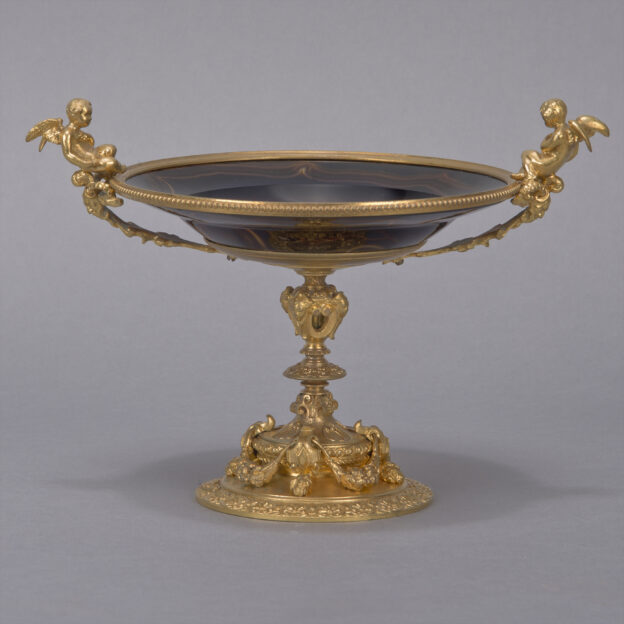




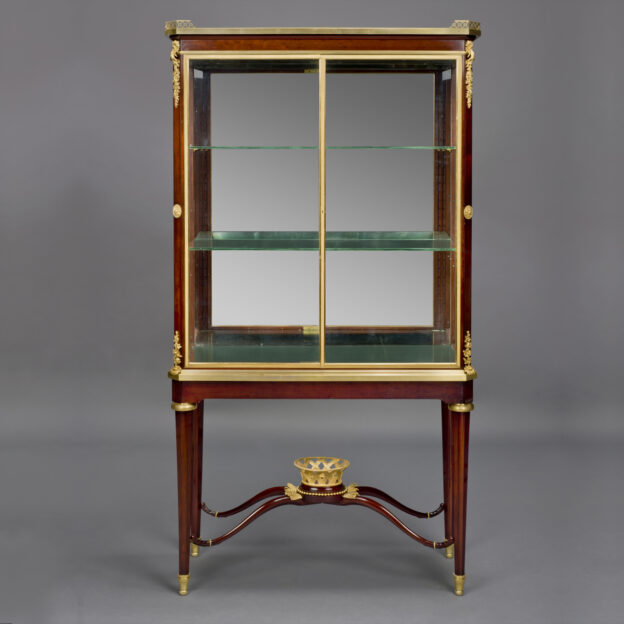
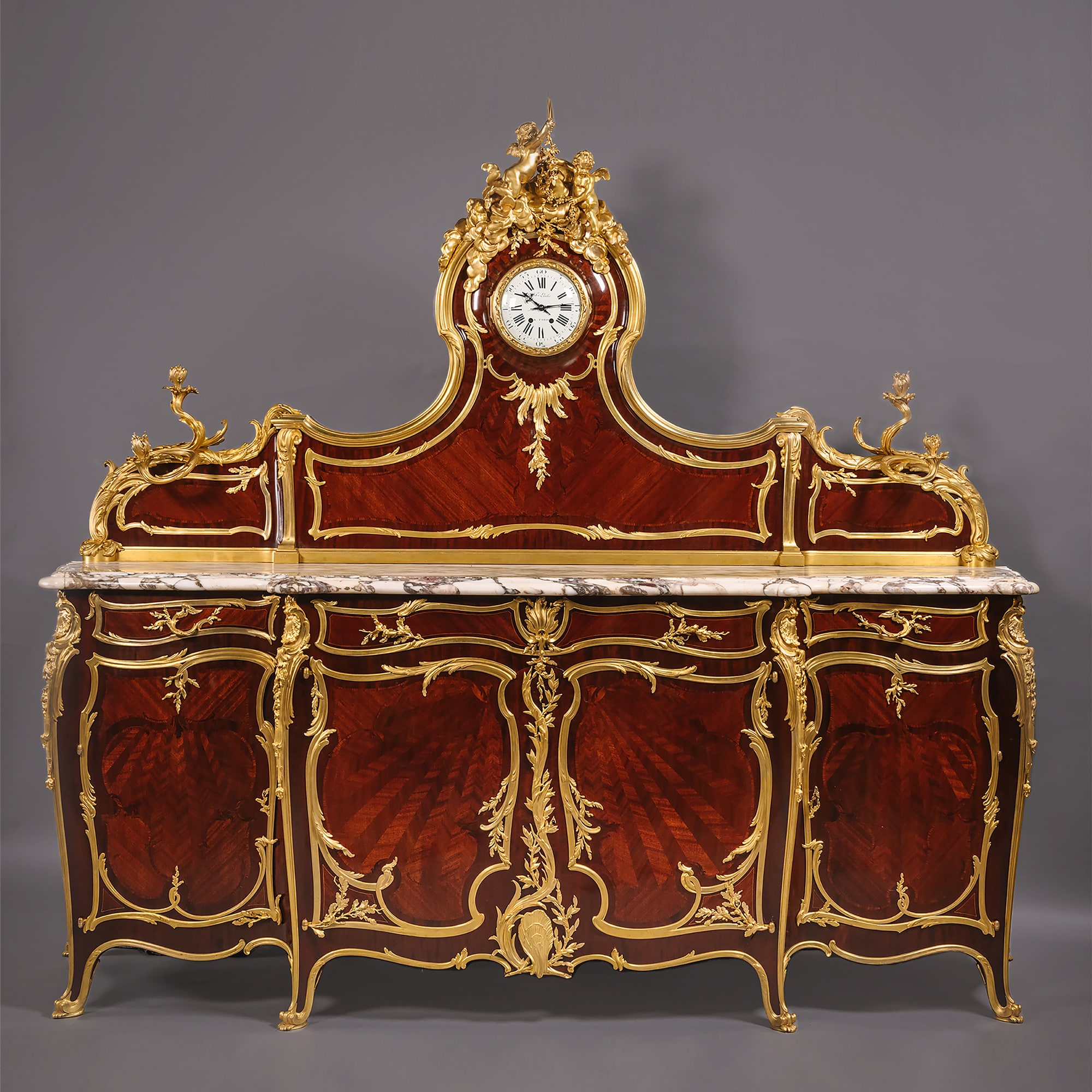
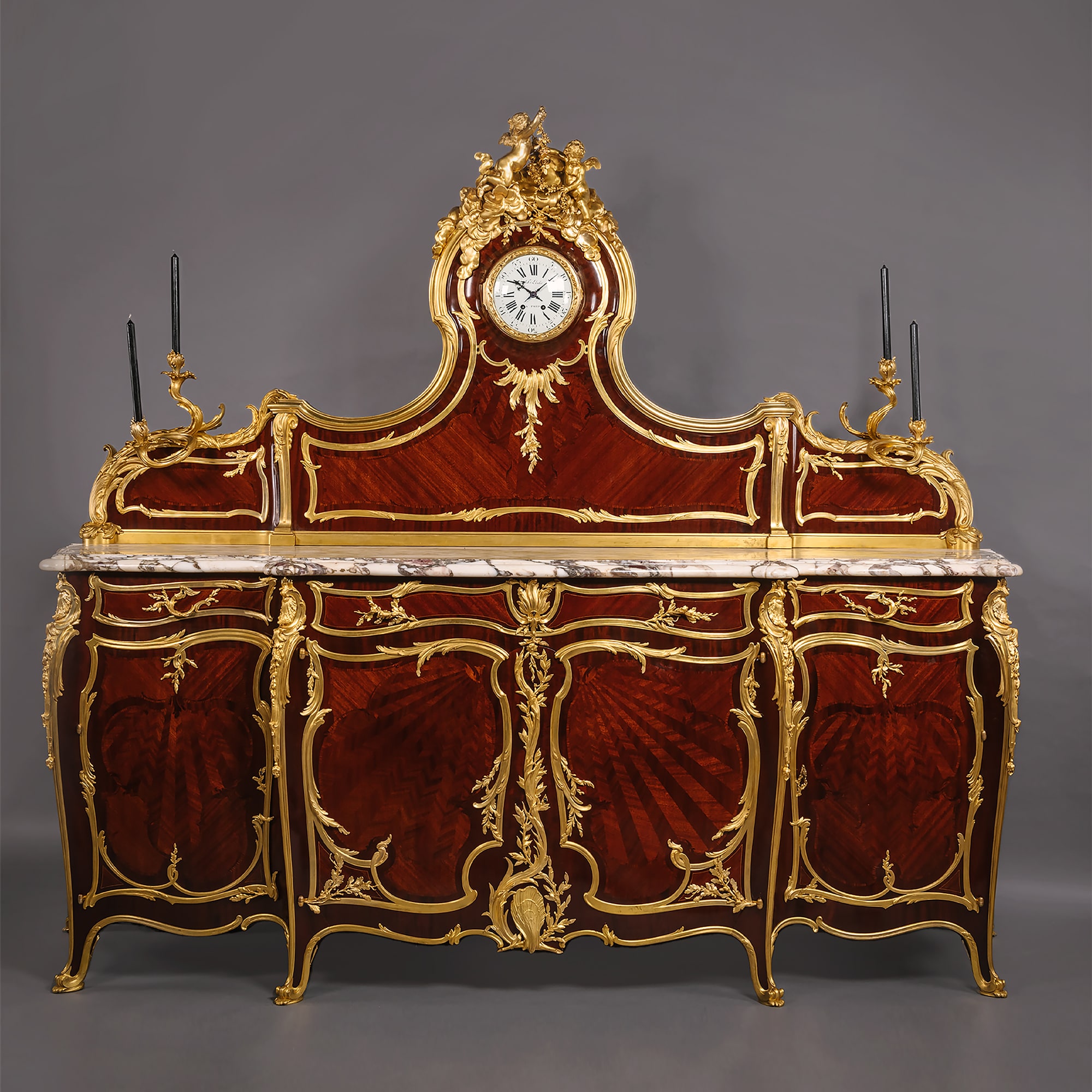

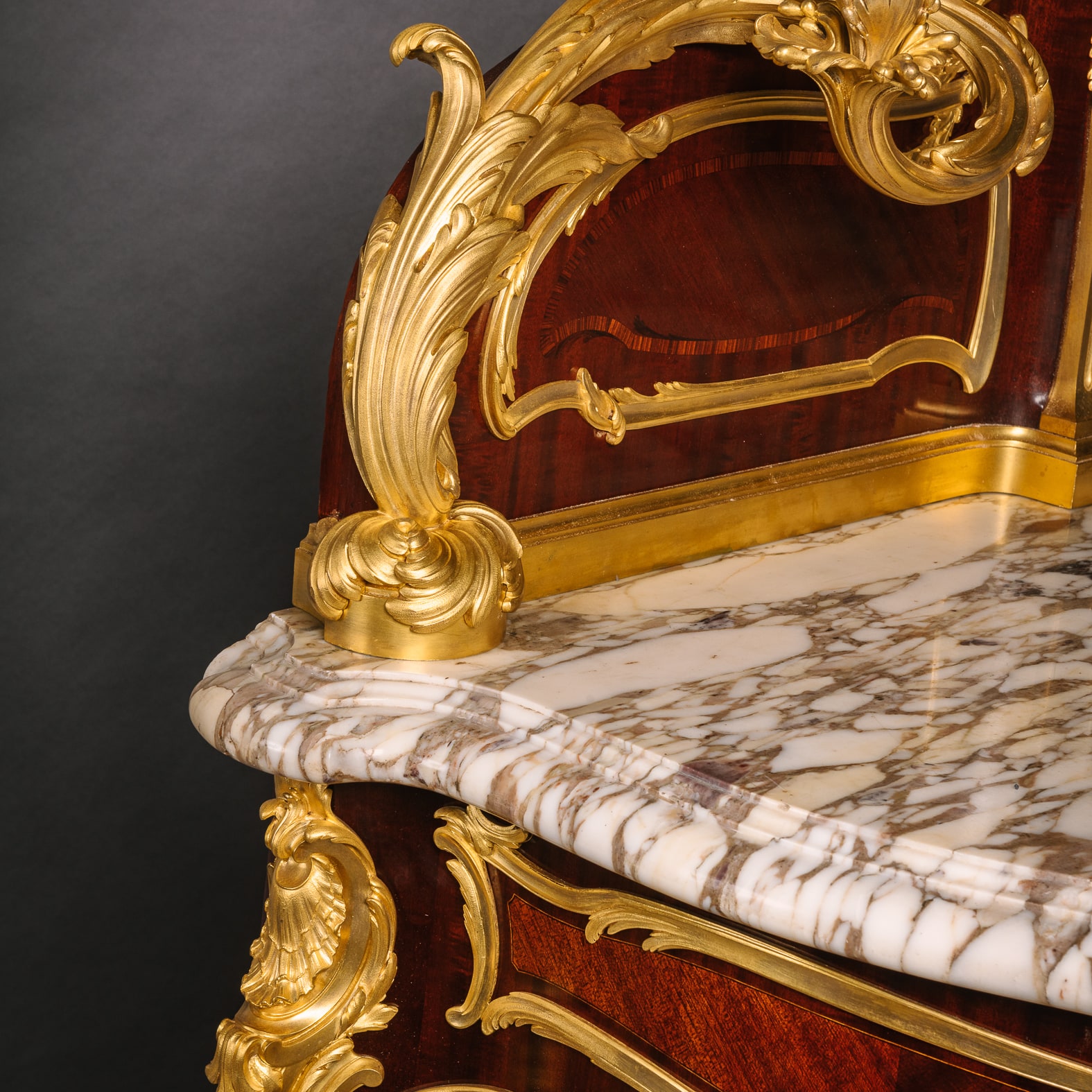

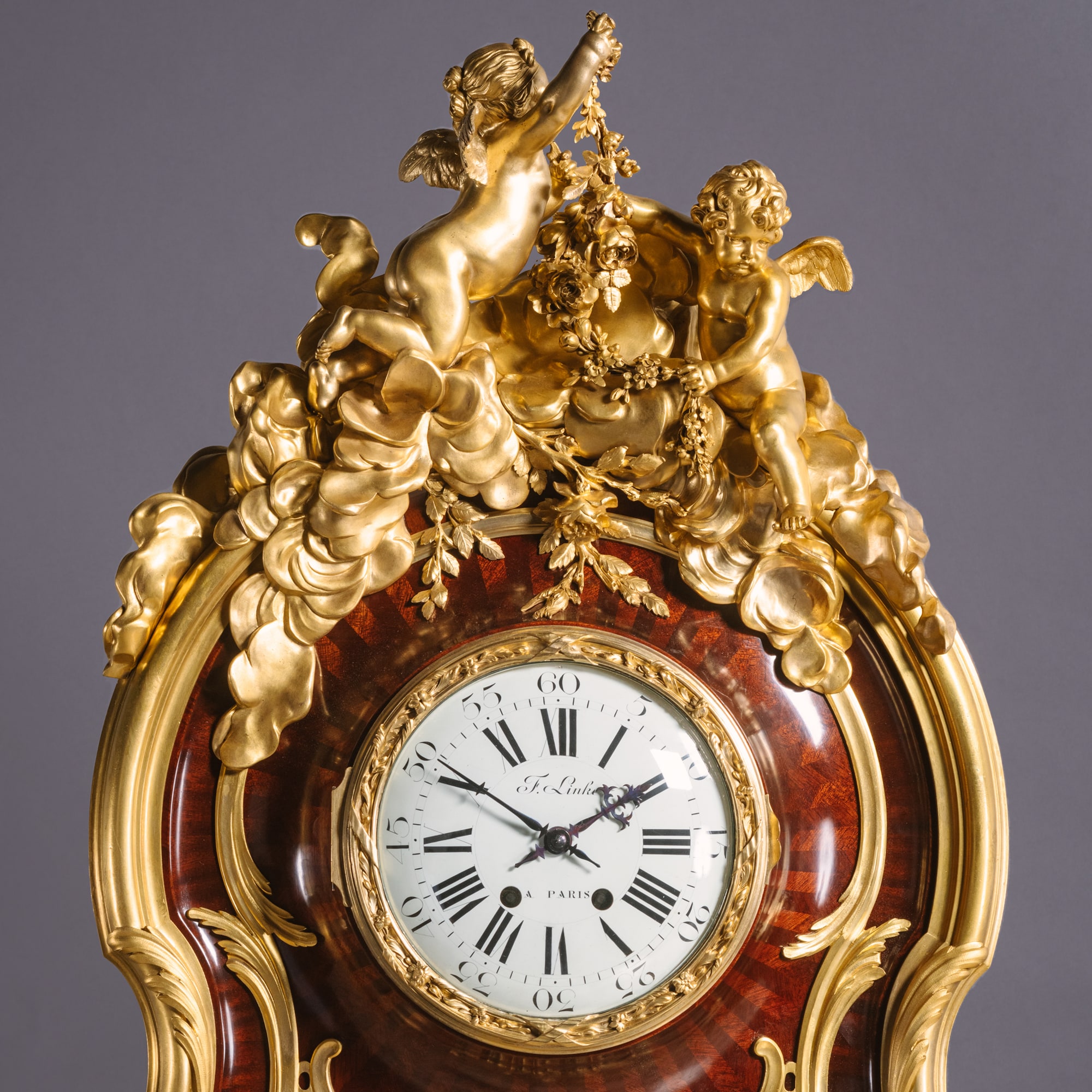

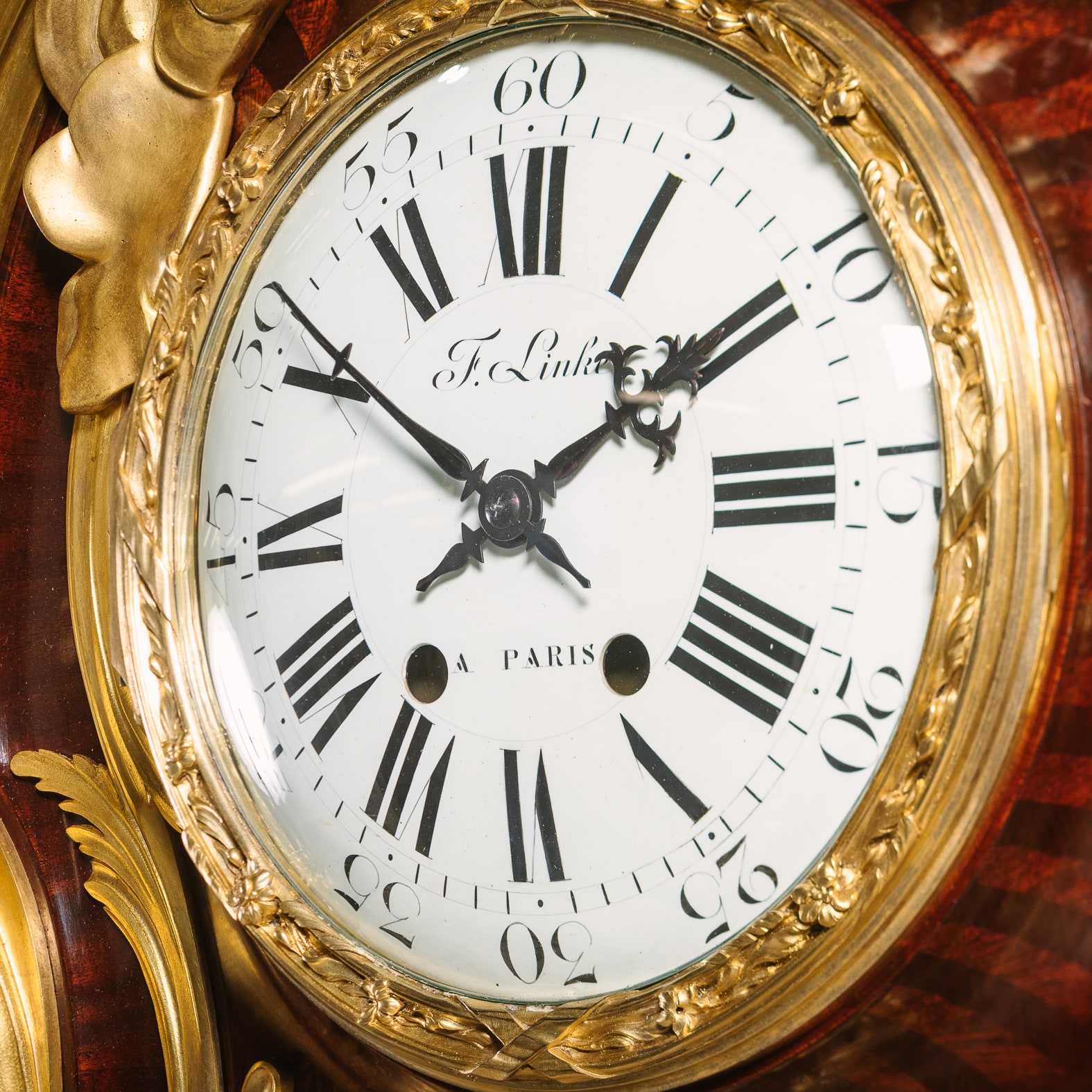
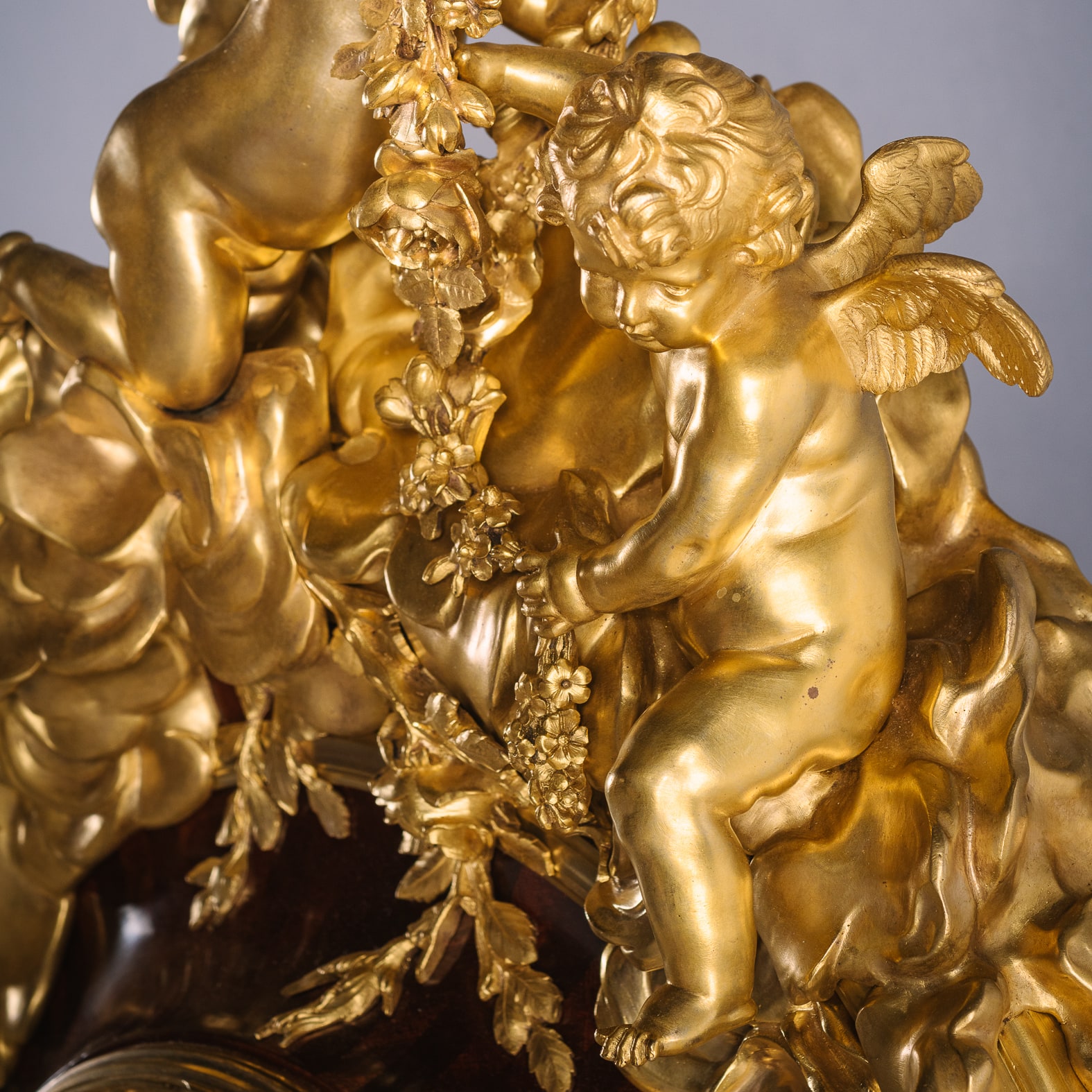
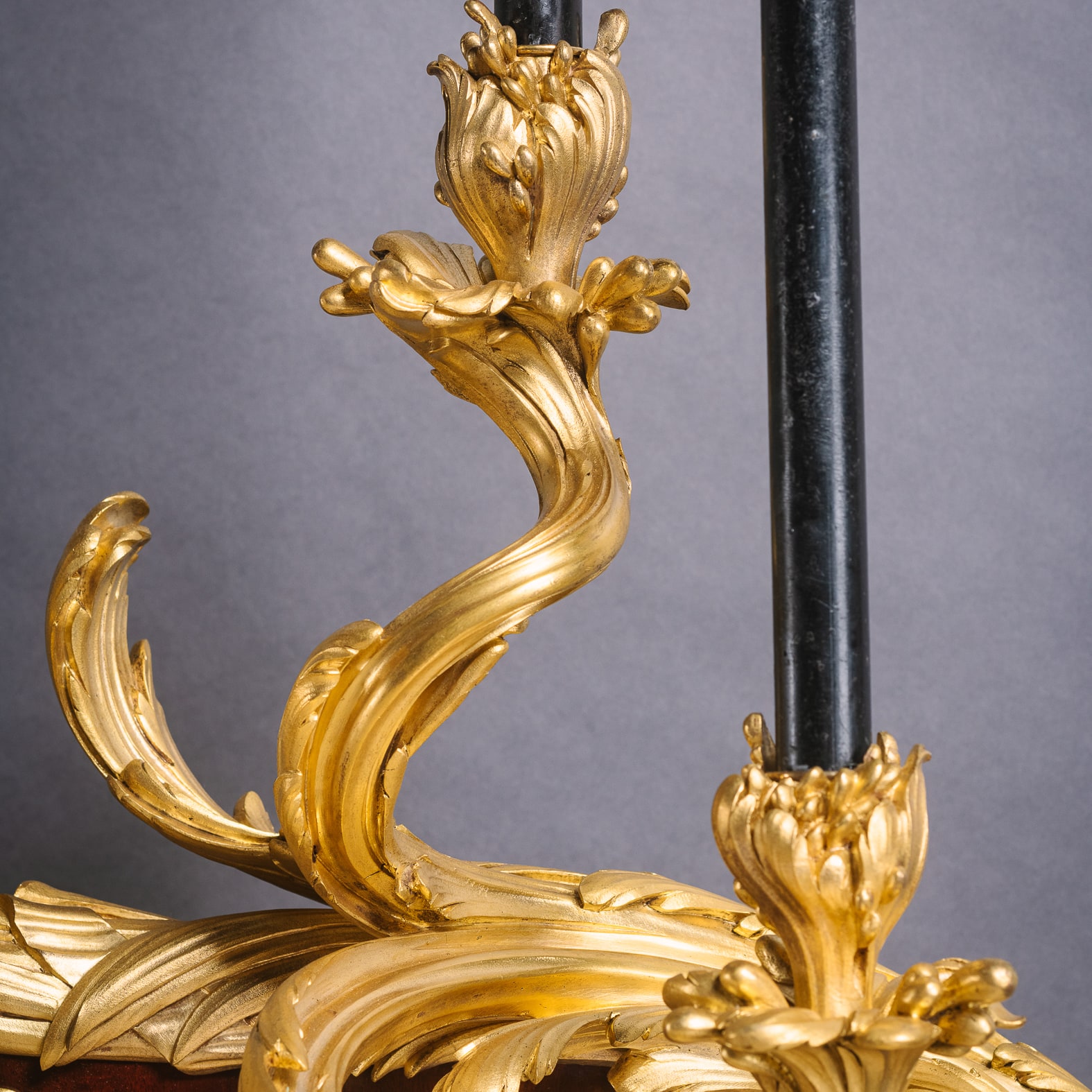

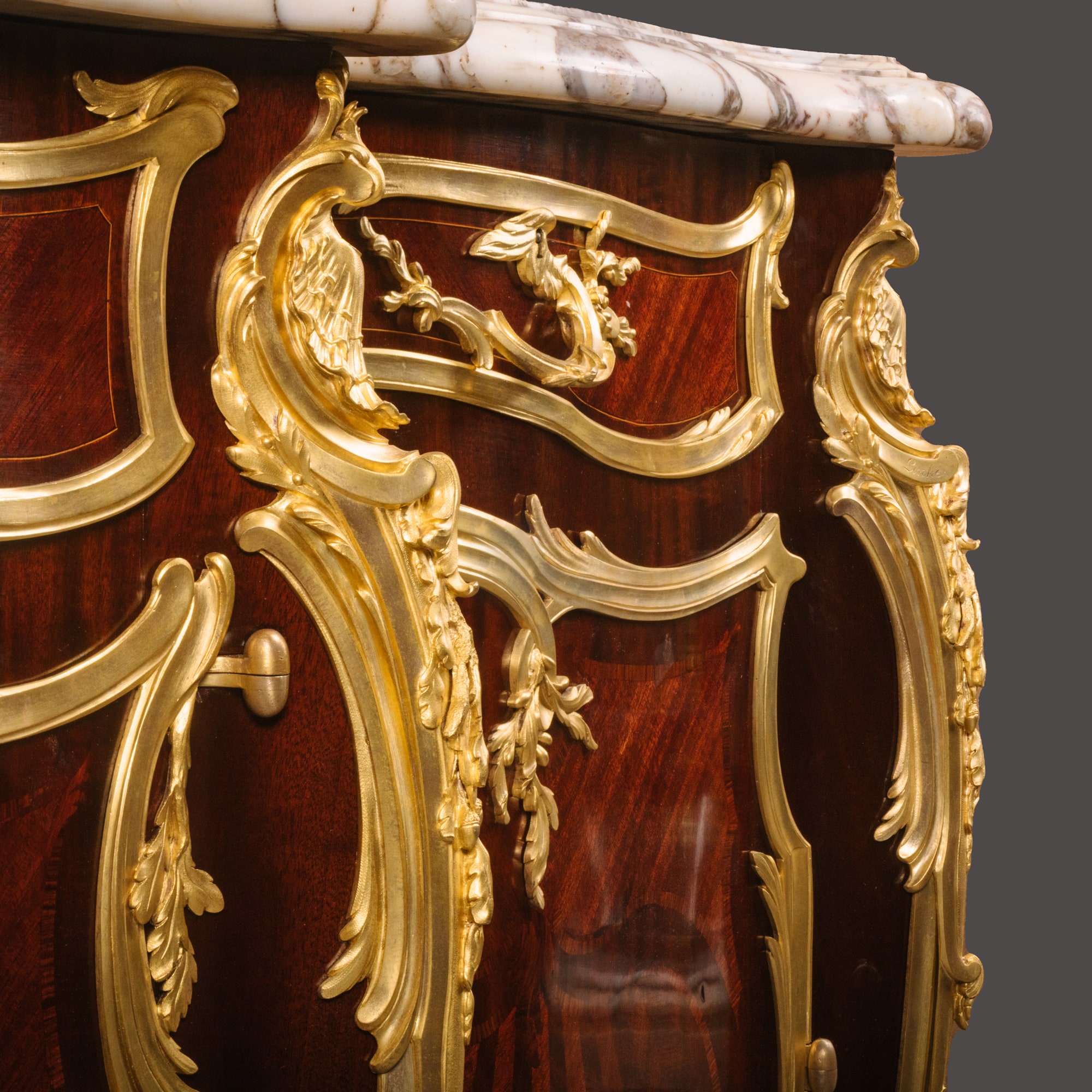

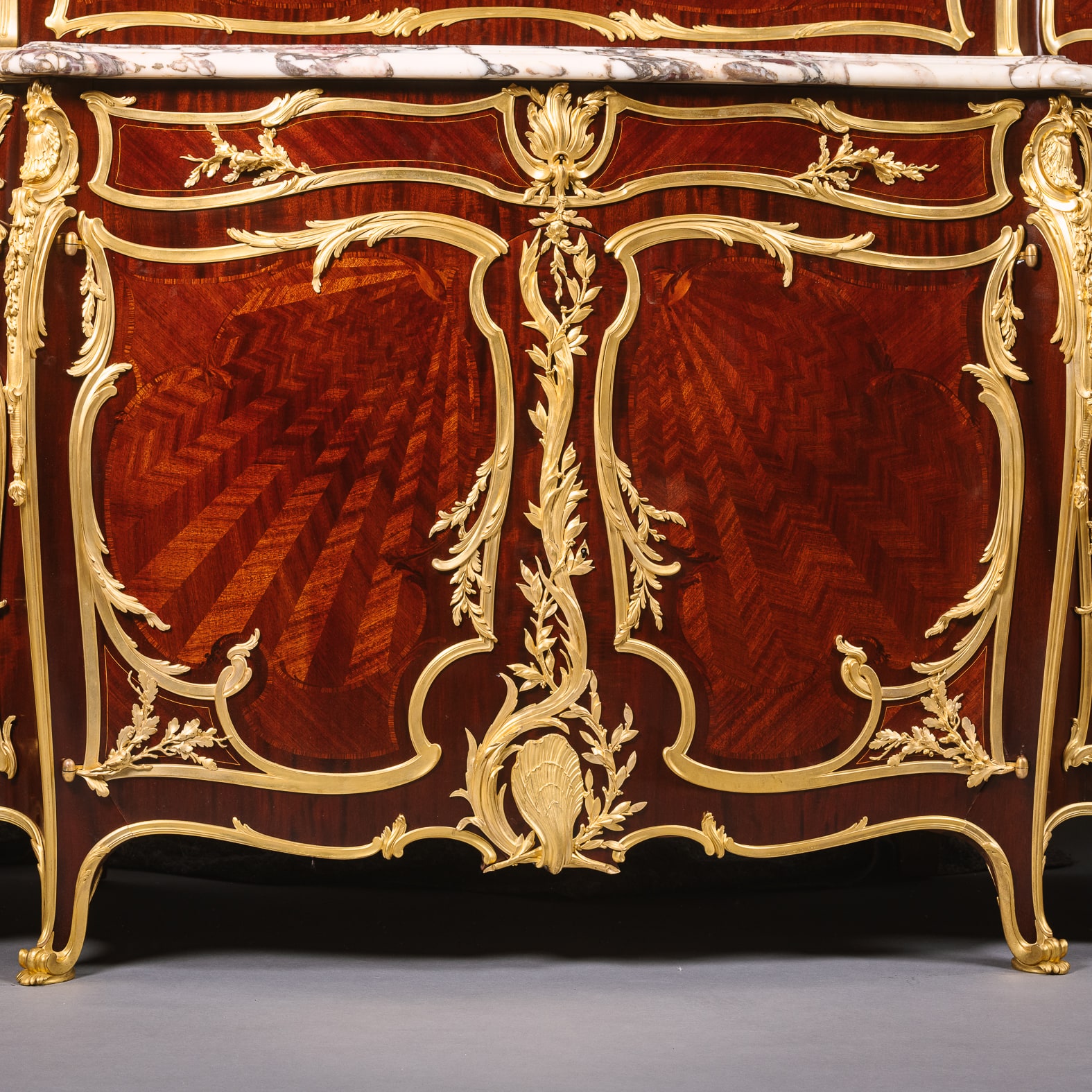

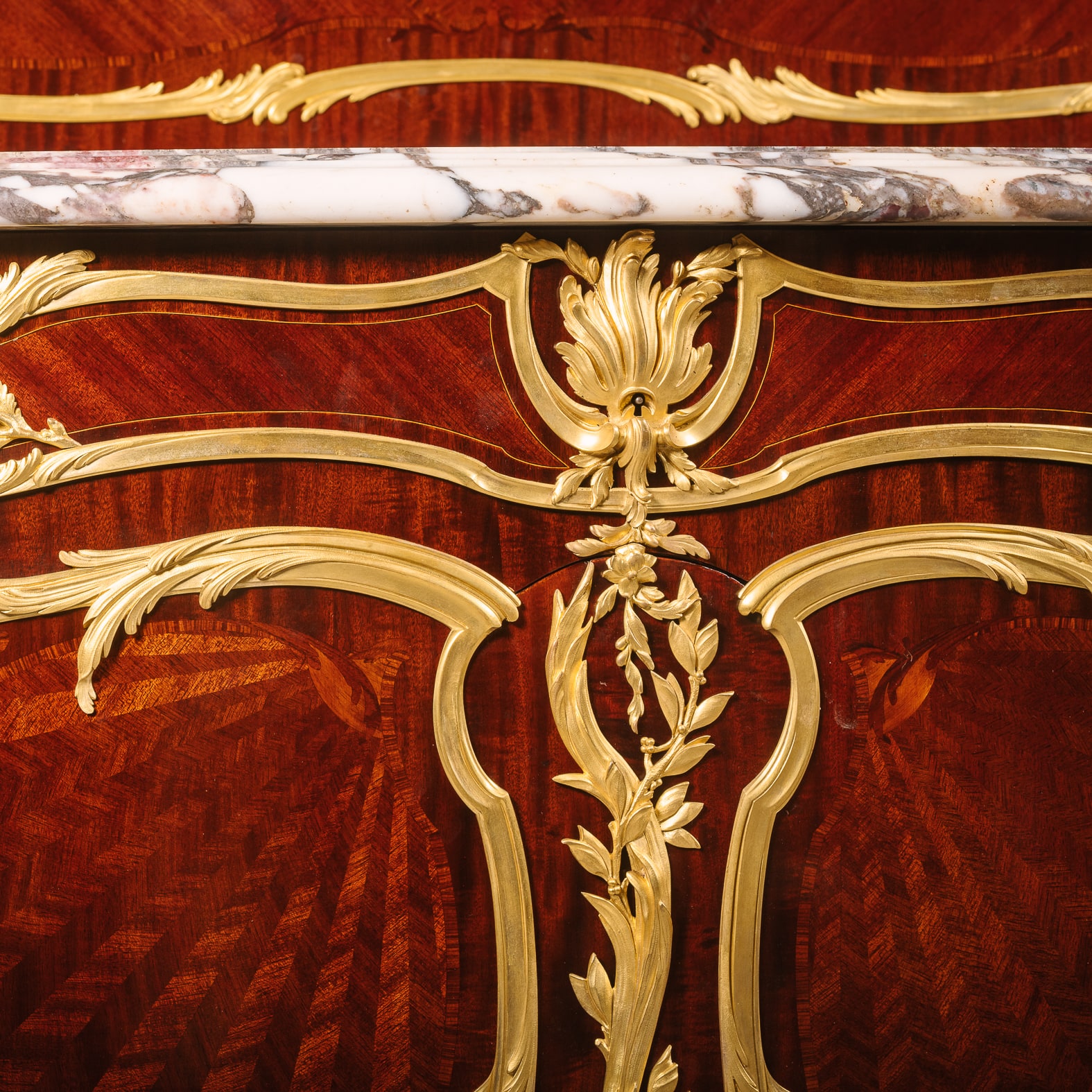
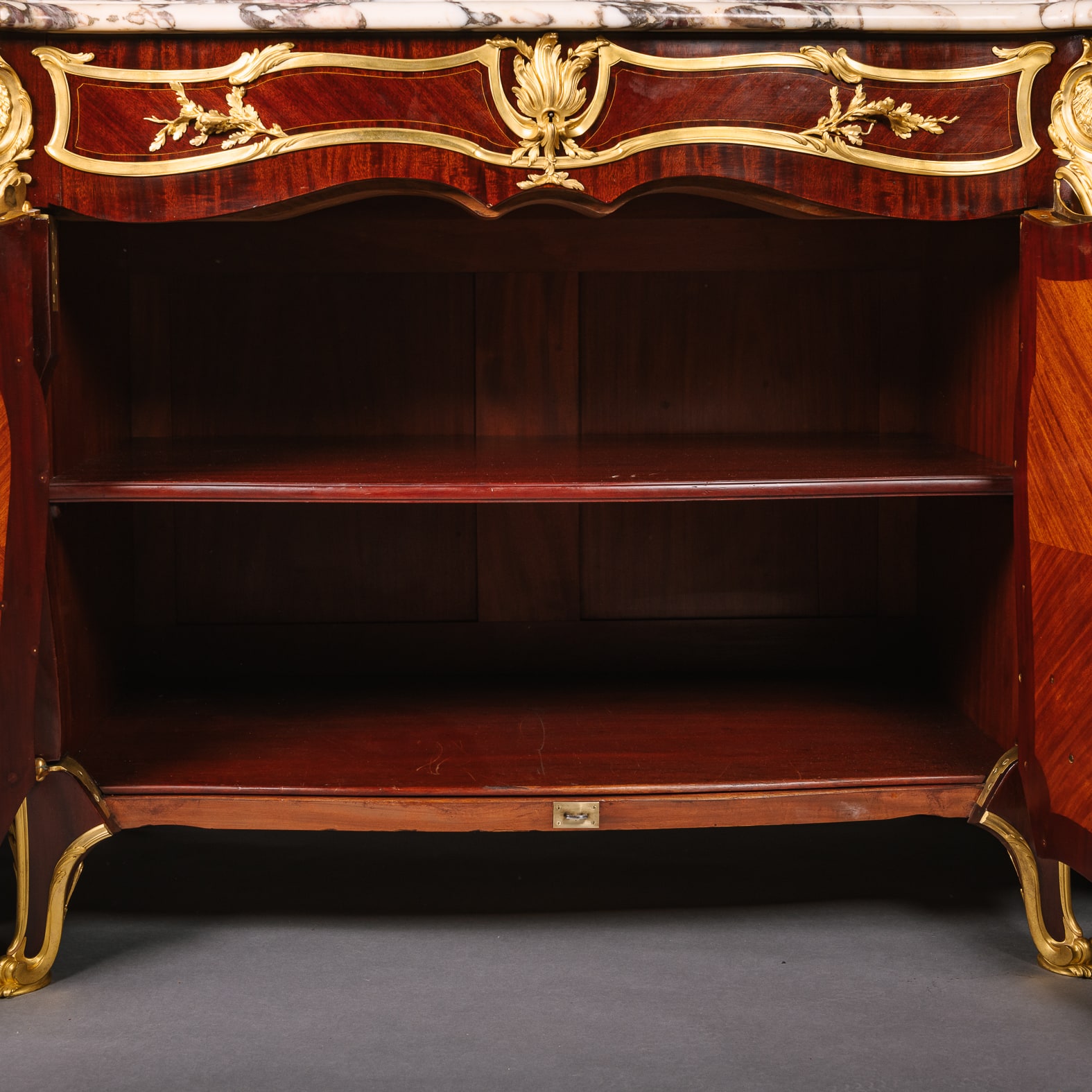

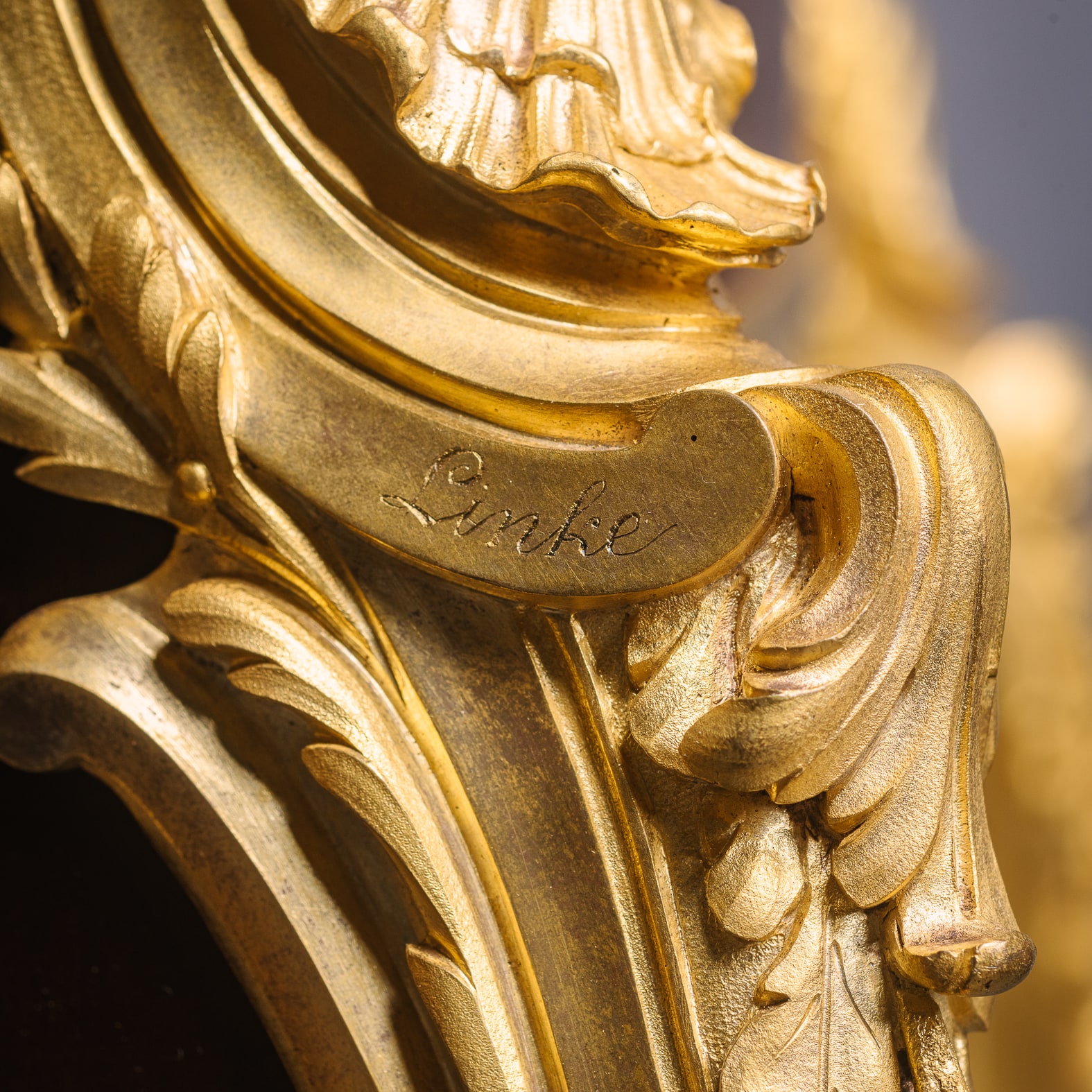
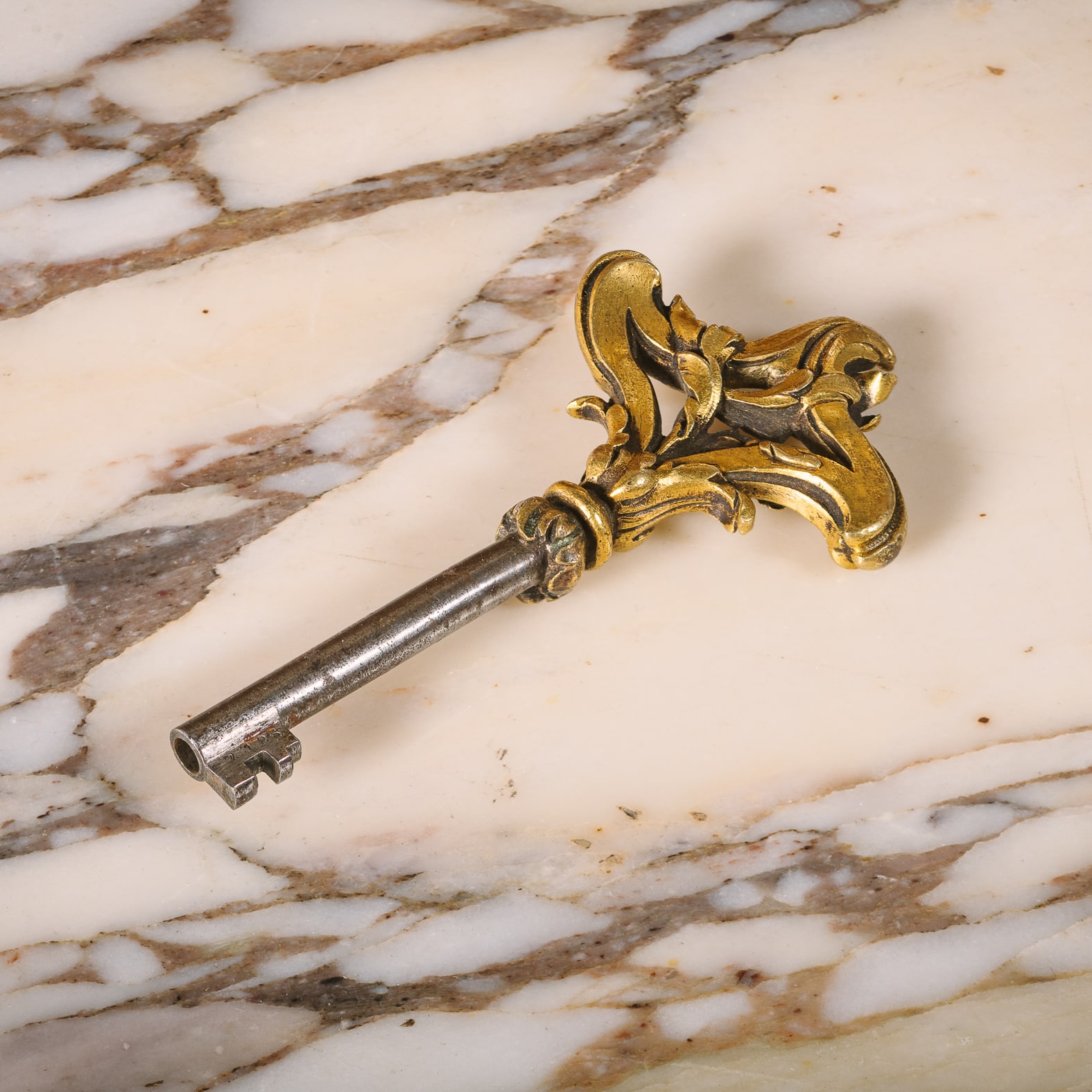
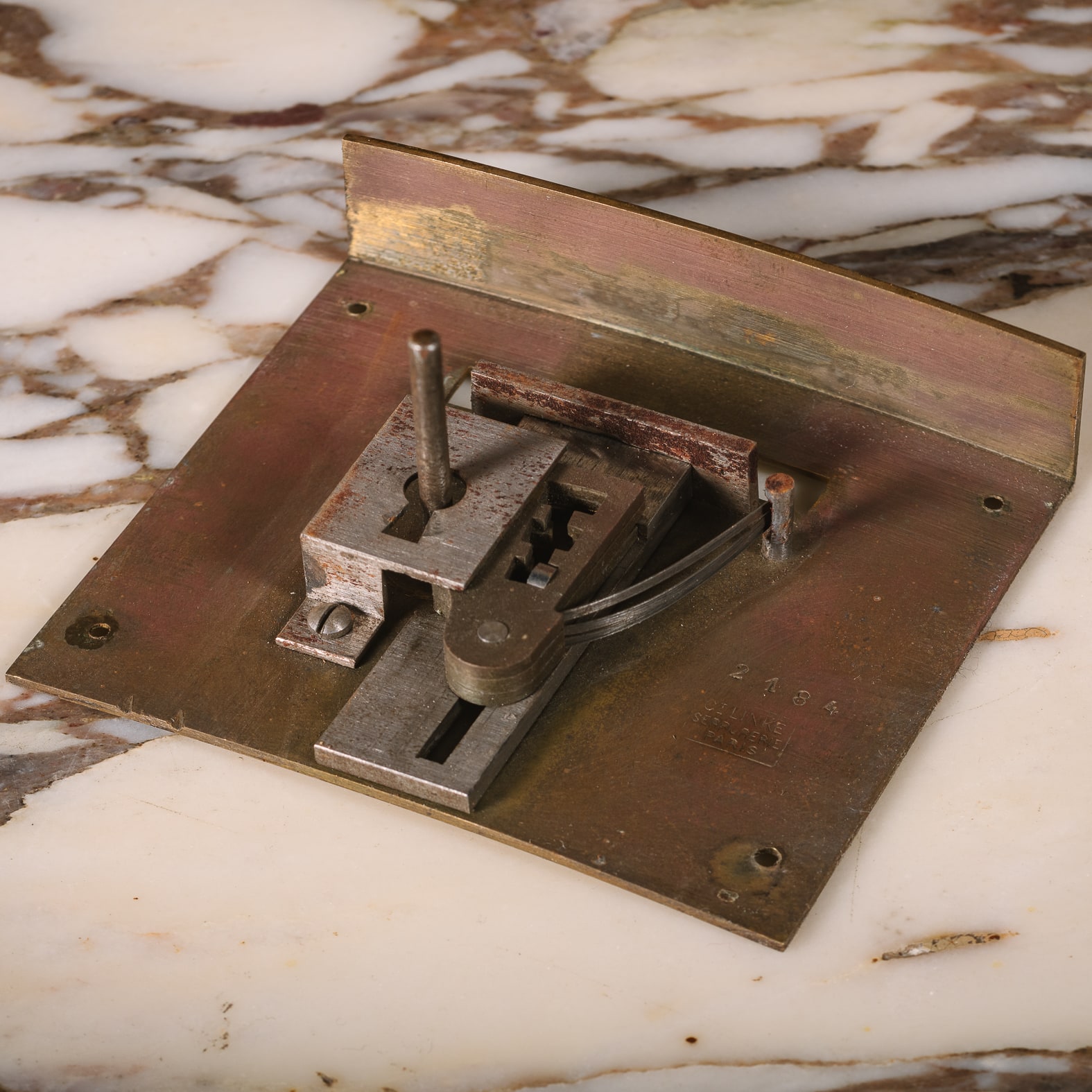


 طبع
طبع